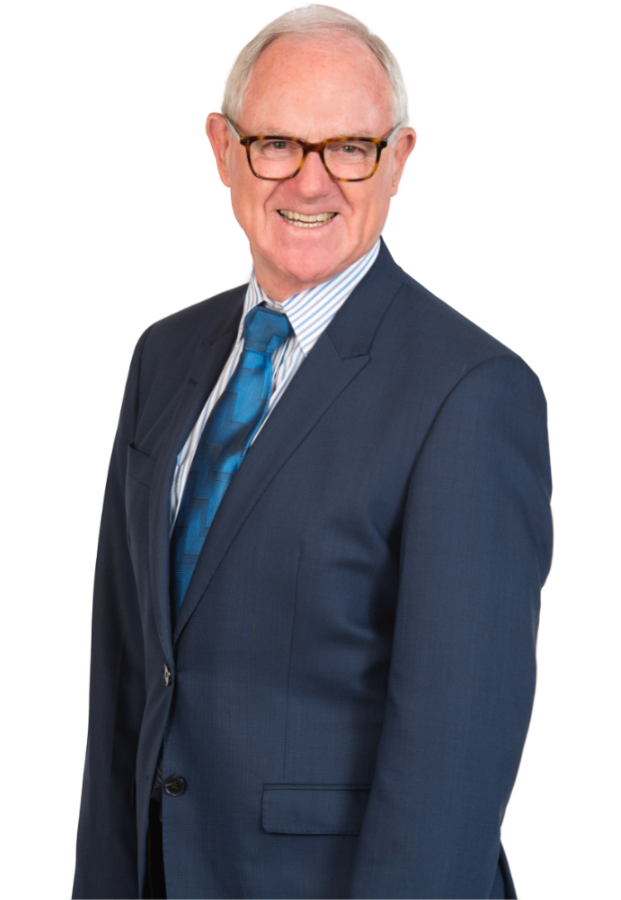The 2016 Federal Budget is set to transform the ways in which Australia uses and plans for superannuation savings. If the budget is passed as announced on 3 May 2016, and the remainder of this article should be read with that caveat in mind, we will be dealing with some of the most far reaching changes to superannuation since May 2006. Moreover these are changes which particularly impact small businesses and farmers who are using superannuation vehicles to hold real property.
First the good news; anyone under 75 will, now be able to contribute concessional and non concessional contributions on the same terms. There is no longer any restriction or work test reducing the ability of those over 65 to contribute to superannuation.
However, the maximum concessional contribution is reduced to $25,000 per annum and non concessional contributions have a lifetime limit of $500,000. The lifetime limit is set to take into account all non concessional amounts a person has contributed to superannuation since the 2007 financial year. If you have already contributed over $500,000 since 1 July 2006 you will be allowed to leave those amounts in your superannuation fund but as of budget day no more non concessional contributions can be made.
Although, it may seem that limiting the amounts that can be put into superannuation is a problem; many, particularly those who already have significant superannuation balances, may no longer wish to contribute more than they are required to. This is because a new limit has now been created. This is an upper limit on the amount that can be used to fund a pension. If you have started a pension with a fund of over $1.6 million you will be required to reduce the amount to $1.6 million by 1 July 2017. If you start a pension after that date you may only allocate $1.6 million or less to the pension fund. Any amounts in superannuation over $1.6 million may be held in an accumulation account or, if you meet a condition of release, withdrawn from superannuation.
Practically this means, many people who have made great efforts to save for retirement may find they have more in their superannuation funds than is ideal. Those who hold business property in a superannuation fund with the intention of using recontributing strategies to enable their successors to continue to operate the farm or business while retaining the property in the fund will need to rethink the viability of this strategy.
Many farms in particular have land held in superannuation with an expectation that family members by becoming members of the same fund can contribute enough to the fund for the land to pass across without a formal transfer and so without taxation or duty consequences. The limits on non concessional contributions may make this impossible.
For example: Matthew farms land in South Australia. Some of the titles, now worth $4 million are held by the trustee of his superannuation fund. Mathew has a superannuation account balance of $4,010,000 and is nearing retirement.
Matthew’s long term plan was that on retirement he could commence a pension funded by the land. This was expected to mean all income generated by the land would be free of tax and could be paid as tax free pension income to Matthew. Matthew planned to move to a nearby town and perhaps travel while his daughter took over the farm.
If the budget changes become law the maximum value that can be allocated to a pension account for Matthew will be $1.6 million. This means that only part of the income generated by the land will be tax free in the superannuation fund and can be paid as a tax free pension. This will not fund the life style Matthew had hoped to enjoy in retirement. The rest of his account balance could be withdrawn from superannuation by a transfer of the land but this transfer would be subject to capital gains tax and the farm does not generate much spare cash.
Matthew’s daughter Anne is also a member of the superannuation fund and she has been making significant non concessional contributions to the fund. Anne’s non concessional contributions since 1 July 2006 are now $600,000 and given the new rules she will be able to contribute no more.
On Matthew’s death a death benefit will need to be funded and paid to Anne. As the superannuation fund only has $610,000 in liquid assets some or all of the land will have to be sold by the trustee. As not all the land can be held in Matthew’s pension account this will involve a taxable sale by the trustee. Anne will have to find the cash to fund the taxation consequences of the transfer but she still expects that the farm will not generate much spare cash.
If you have any concerns regarding your superannuation or would like some more information please contact the DW Fox Tucker Tax team.

